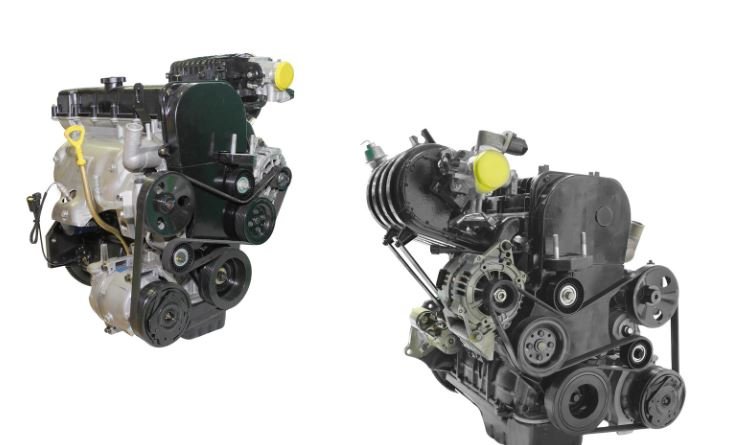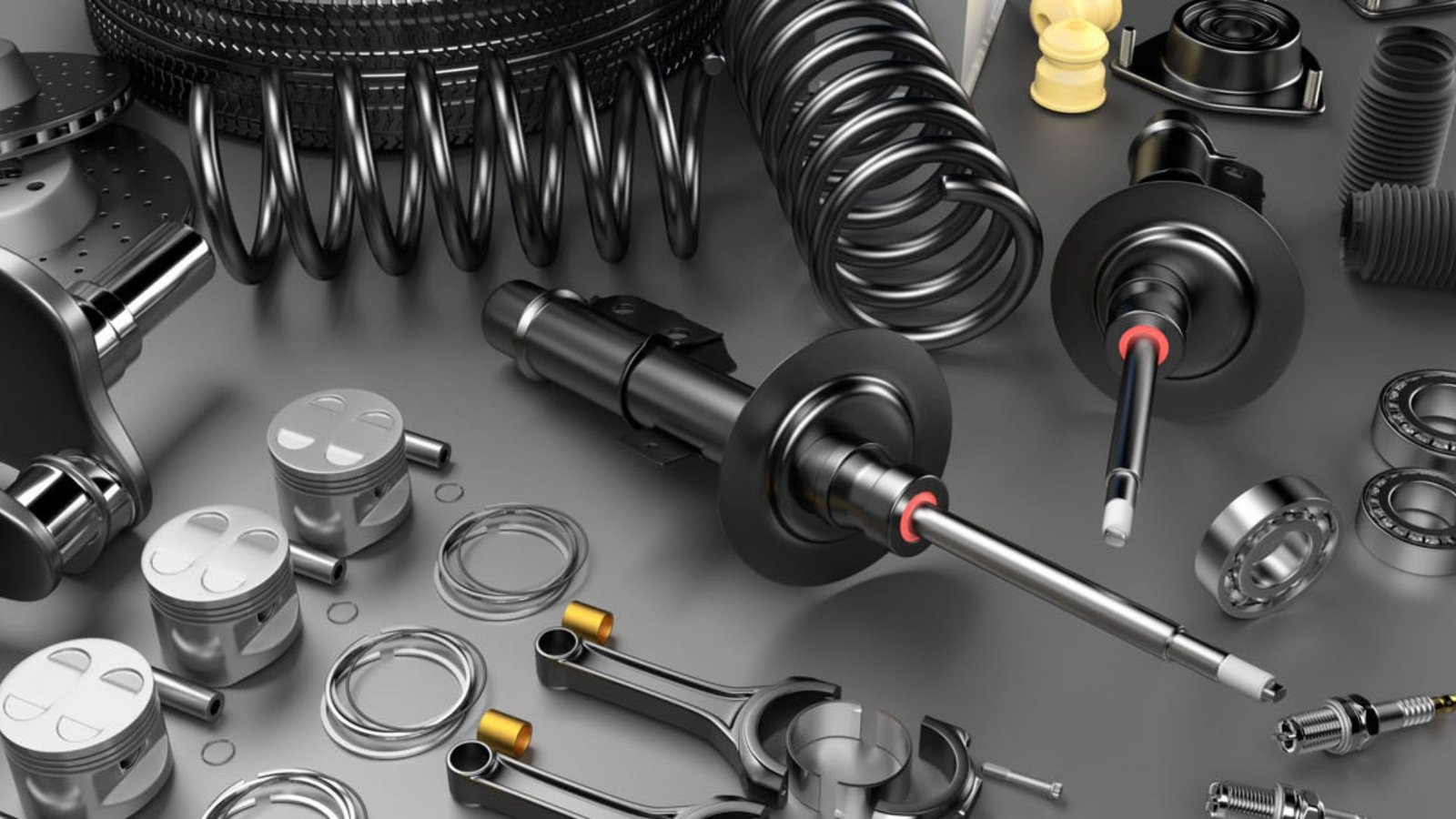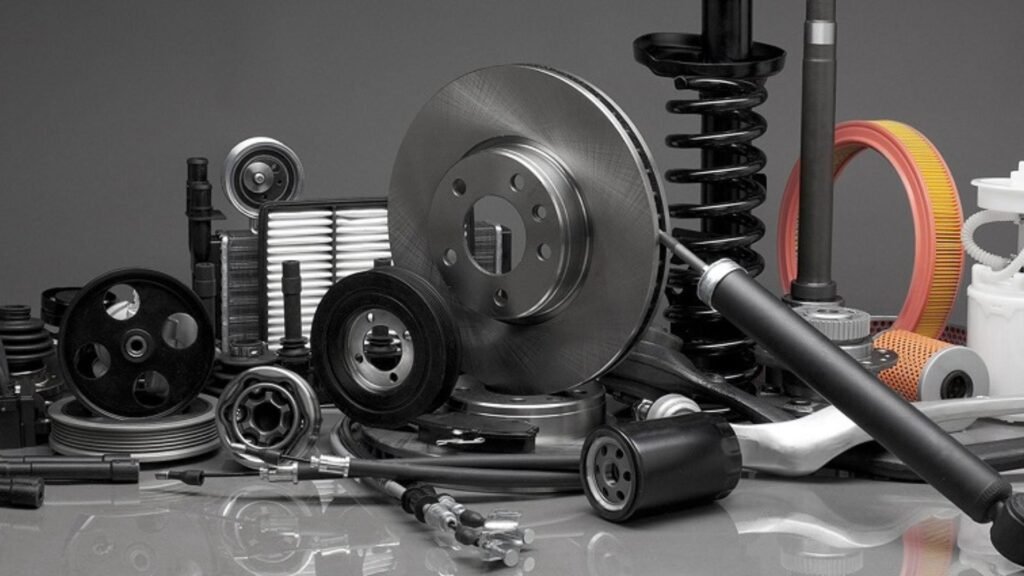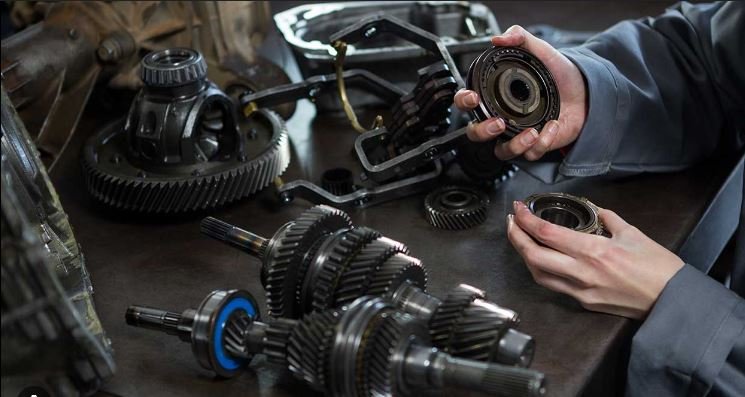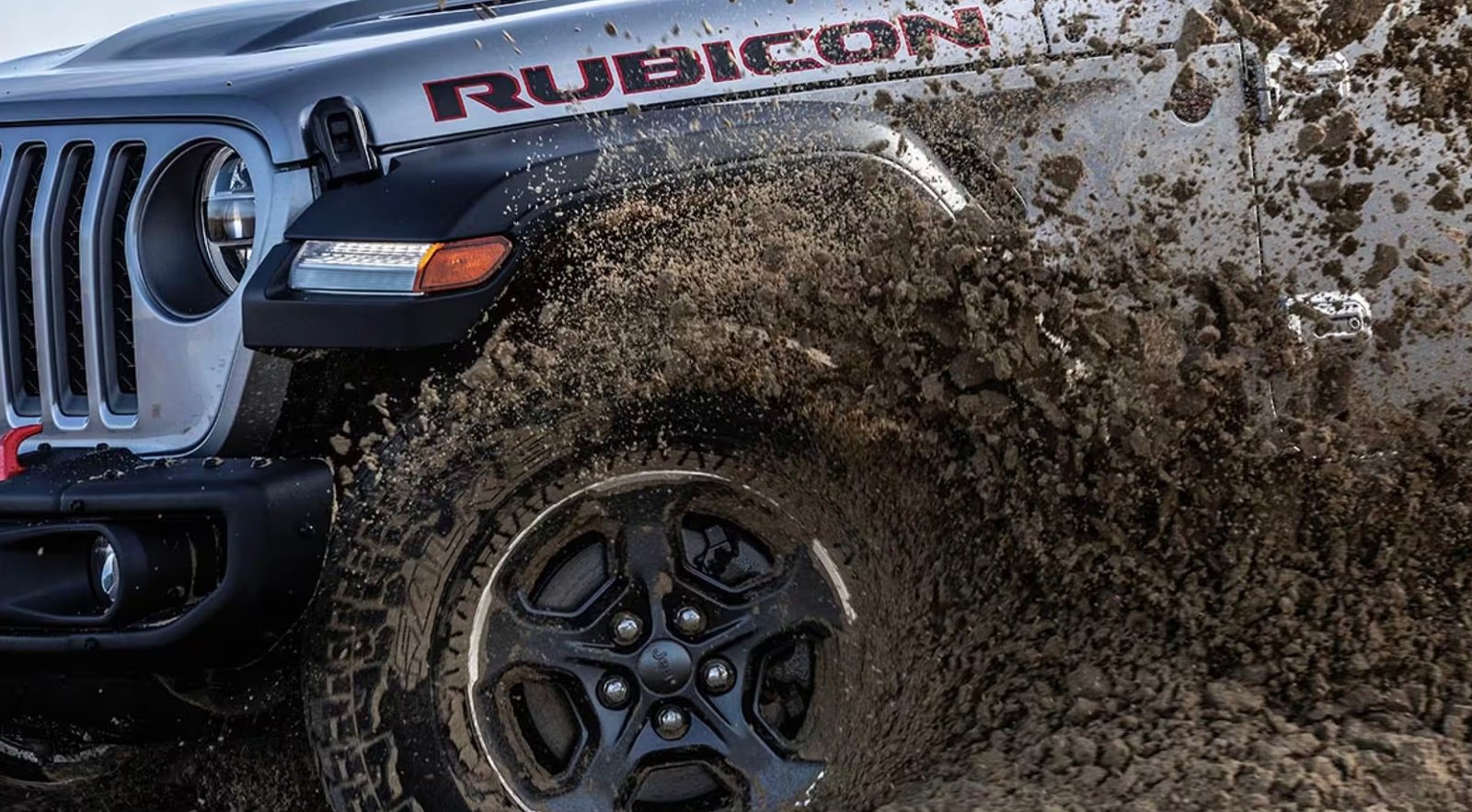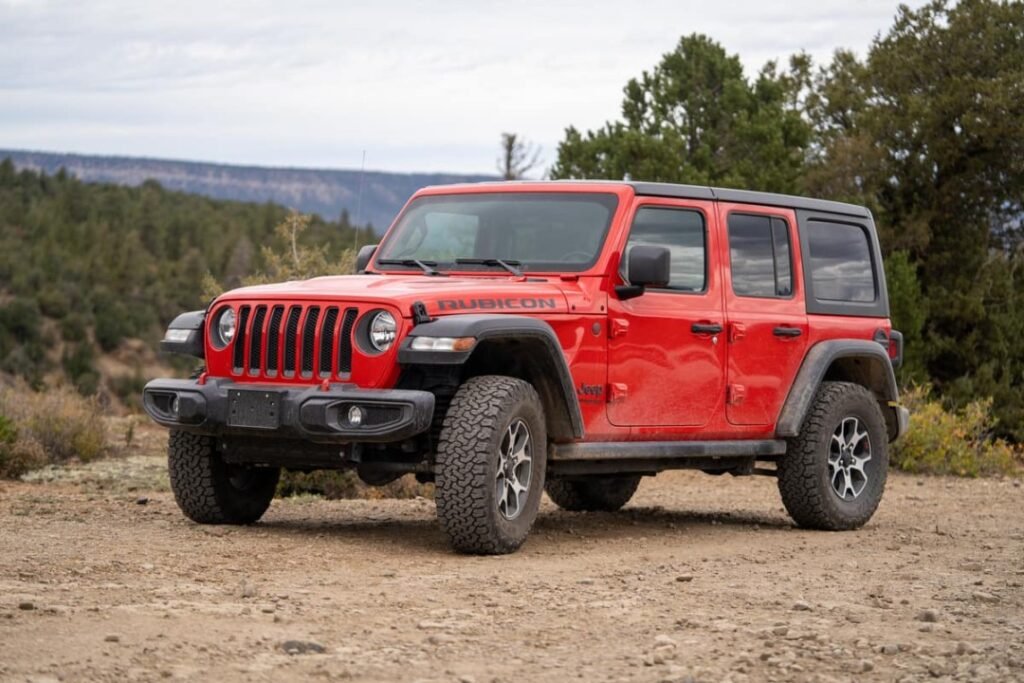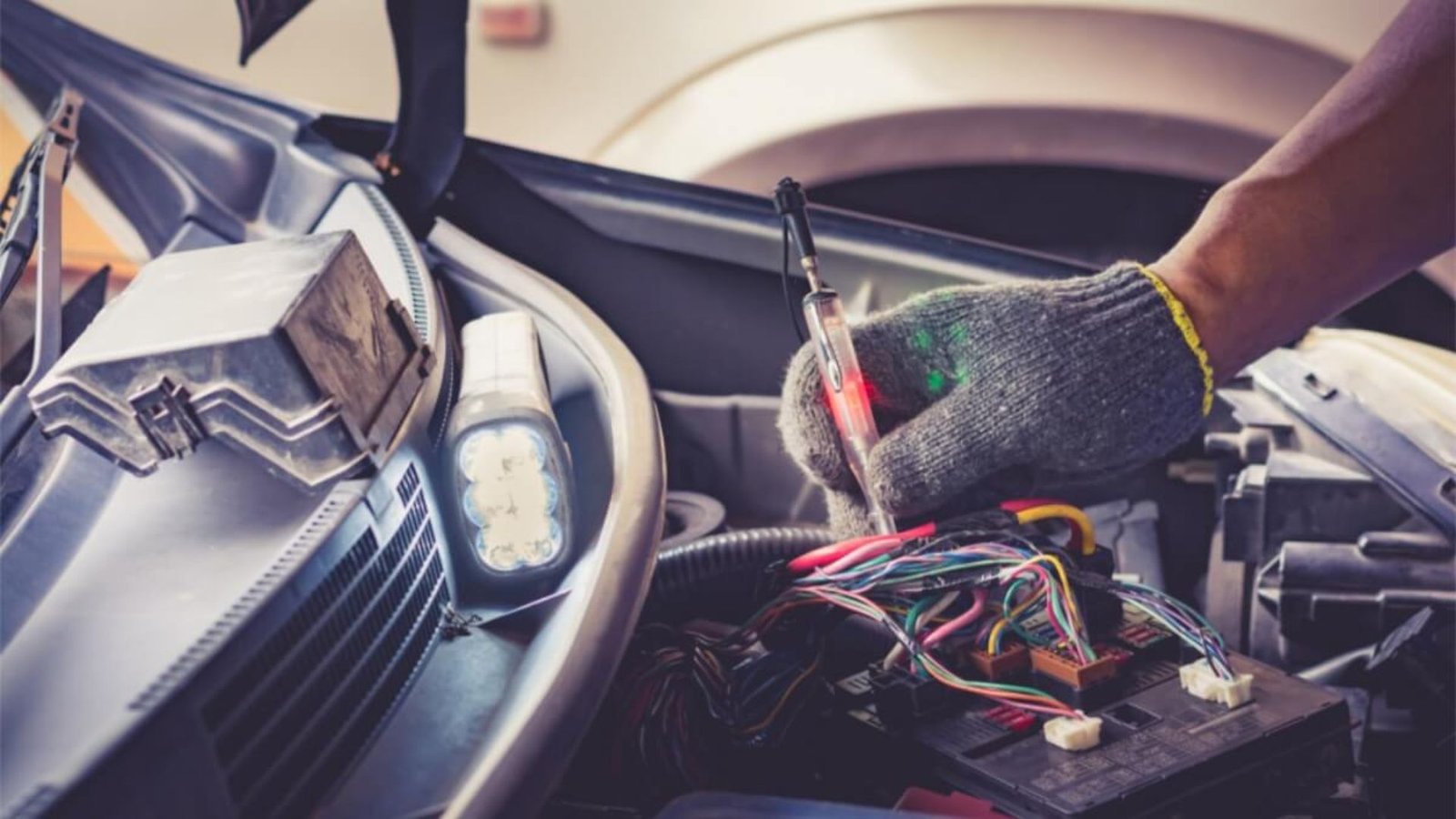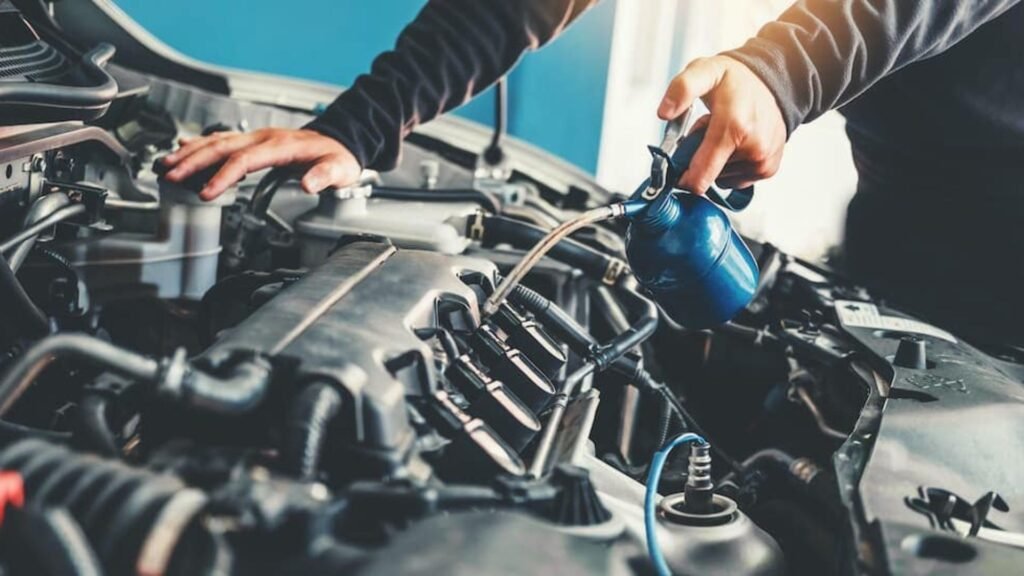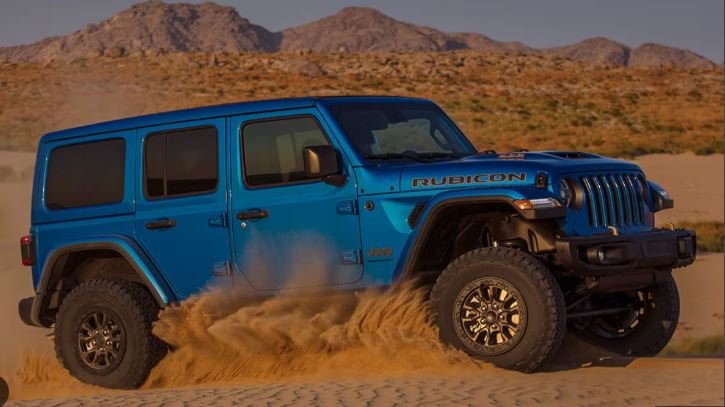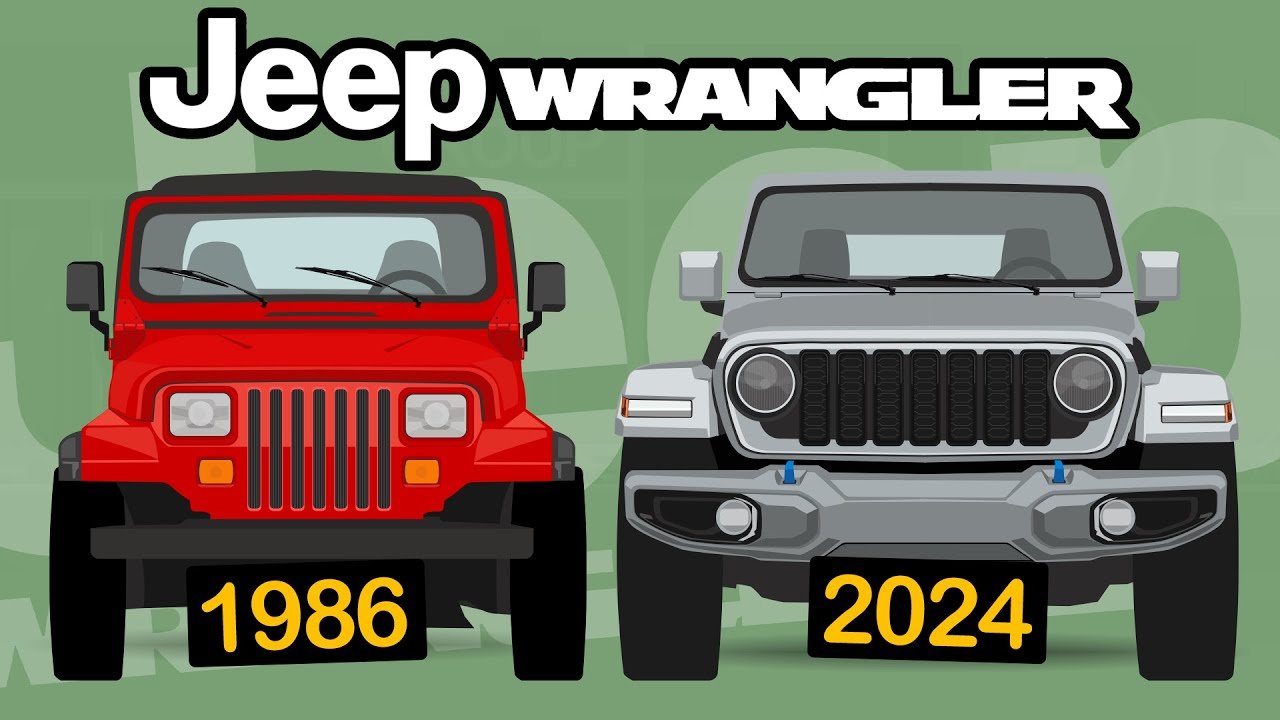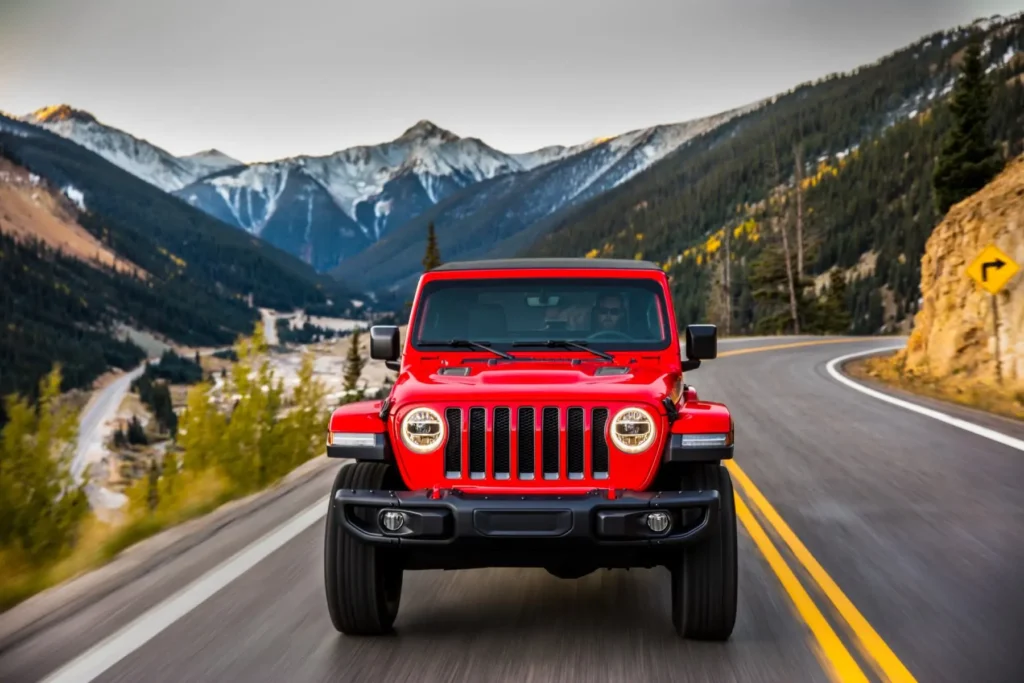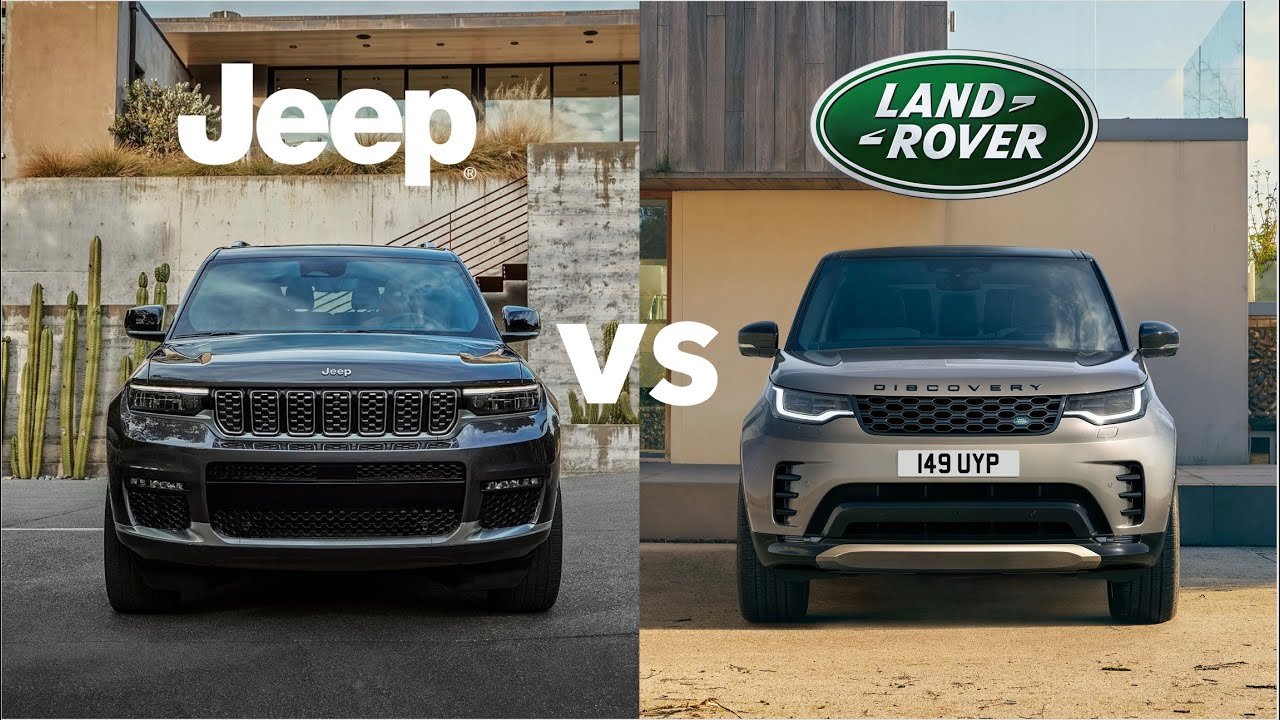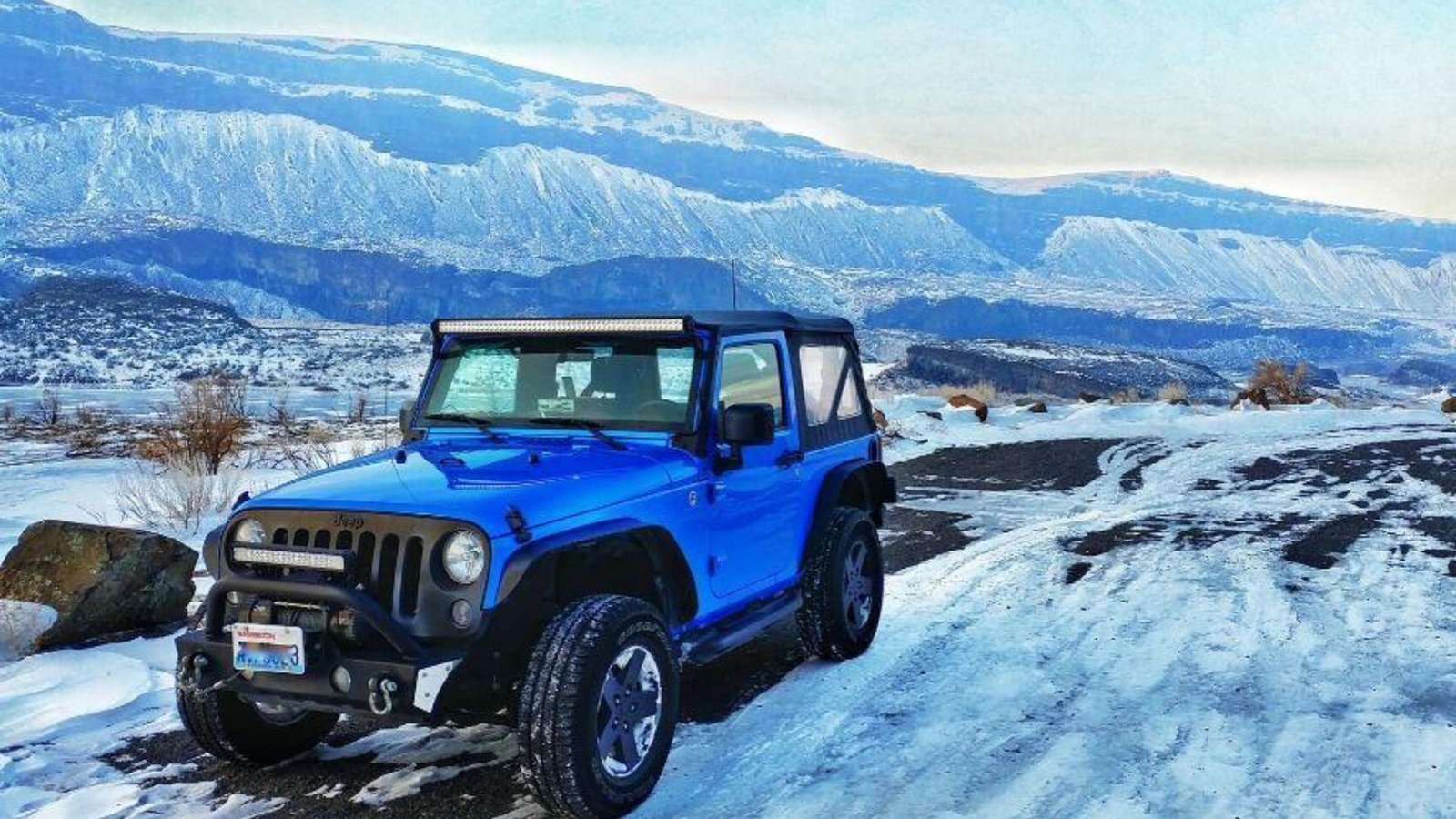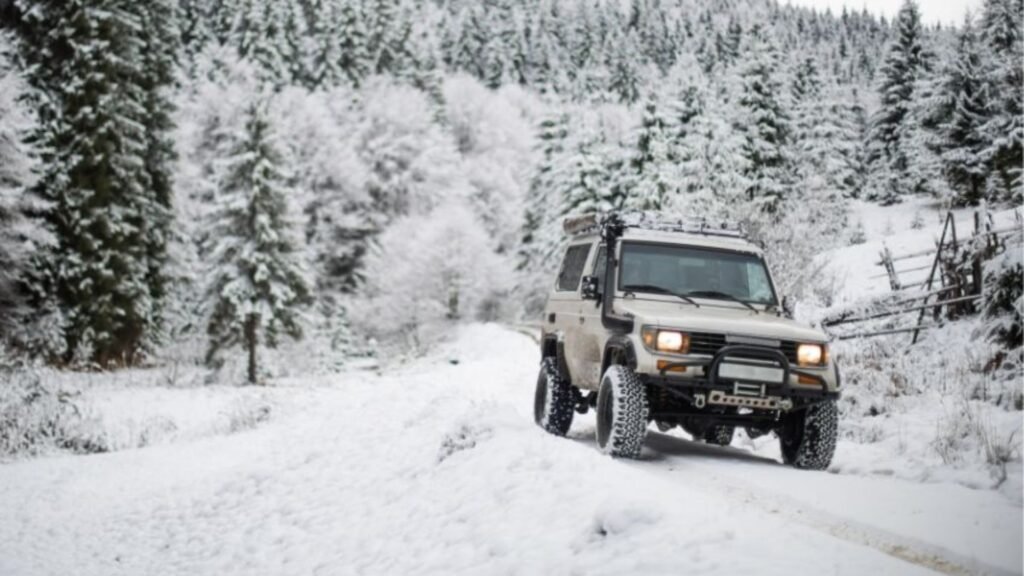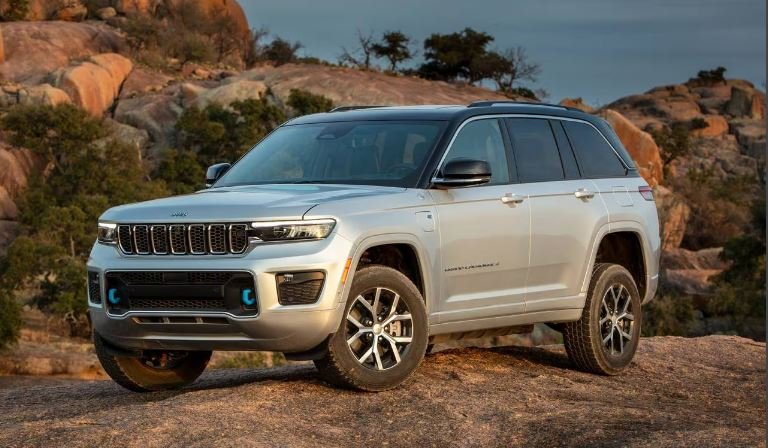When it comes to vehicle repairs and maintenance, choosing between OEM (Original Equipment Manufacturer) parts and aftermarket parts is a crucial decision. Each option offers distinct advantages and potential drawbacks. Here’s a detailed comparison to help you determine which is better for your needs.

1. Understanding OEM Parts
OEM parts are made by the vehicle’s manufacturer or a licensed supplier. They are identical to the parts originally installed in your vehicle during production. Here’s why OEM parts are often preferred:
- Quality and Compatibility: OEM parts are designed to meet the exact specifications of your vehicle, ensuring perfect fit and function.
- Warranty: Many OEM parts come with a warranty that matches or exceeds the original vehicle warranty, providing added peace of mind.
- Longevity: Because they are made to original standards, OEM parts often offer longer durability and reliability.
However, OEM parts tend to be more expensive than aftermarket options, which can be a significant consideration for many drivers.
2. Exploring Aftermarket Parts
Aftermarket parts are produced by companies other than the vehicle’s manufacturer. These parts can vary widely in quality and price. Here’s why aftermarket parts might be a suitable choice:
- Cost-Effectiveness: Aftermarket parts generally cost less than OEM parts, making them a budget-friendly option.
- Variety: There is a wide range of aftermarket parts available, offering different brands and performance levels, which can provide more choices for customization.
- Availability: Aftermarket parts are often more readily available and can be found at various retailers and online stores.
Despite their benefits, aftermarket parts may vary in quality. It’s essential to research and choose reputable brands to ensure you receive reliable components.
3. Pros and Cons of OEM Parts
Pros:
- Guaranteed fit and function
- Manufacturer warranty coverage
- Often higher quality and longer-lasting
Cons:
- Higher cost
- Limited options for customization
4. Pros and Cons of Aftermarket Parts
Pros:
- More affordable
- Greater variety and customization options
- Wide availability
Cons:
- Variable quality
- Potential compatibility issues
- Limited warranty coverage
5. Choosing the Right Option
Deciding between OEM and aftermarket parts depends on several factors:
- Budget: If cost is a primary concern, aftermarket parts may be more suitable.
- Vehicle Age: For older vehicles, finding OEM parts can be challenging, making aftermarket parts a practical choice.
- Performance Needs: For high-performance or specialty applications, aftermarket parts might offer enhanced options.
6. Consulting Professionals
When in doubt, consult a trusted mechanic or automotive professional. They can provide recommendations based on your vehicle’s specific needs and your driving habits. Professional advice ensures you make an informed choice that balances quality, cost, and performance.
Conclusion
Both OEM and aftermarket parts have their advantages and disadvantages. OEM parts offer guaranteed quality and compatibility but come at a higher cost. Aftermarket parts provide cost savings and variety but may vary in quality. By considering your budget, vehicle needs, and professional advice, you can make the best decision for your vehicle’s repair and maintenance.

